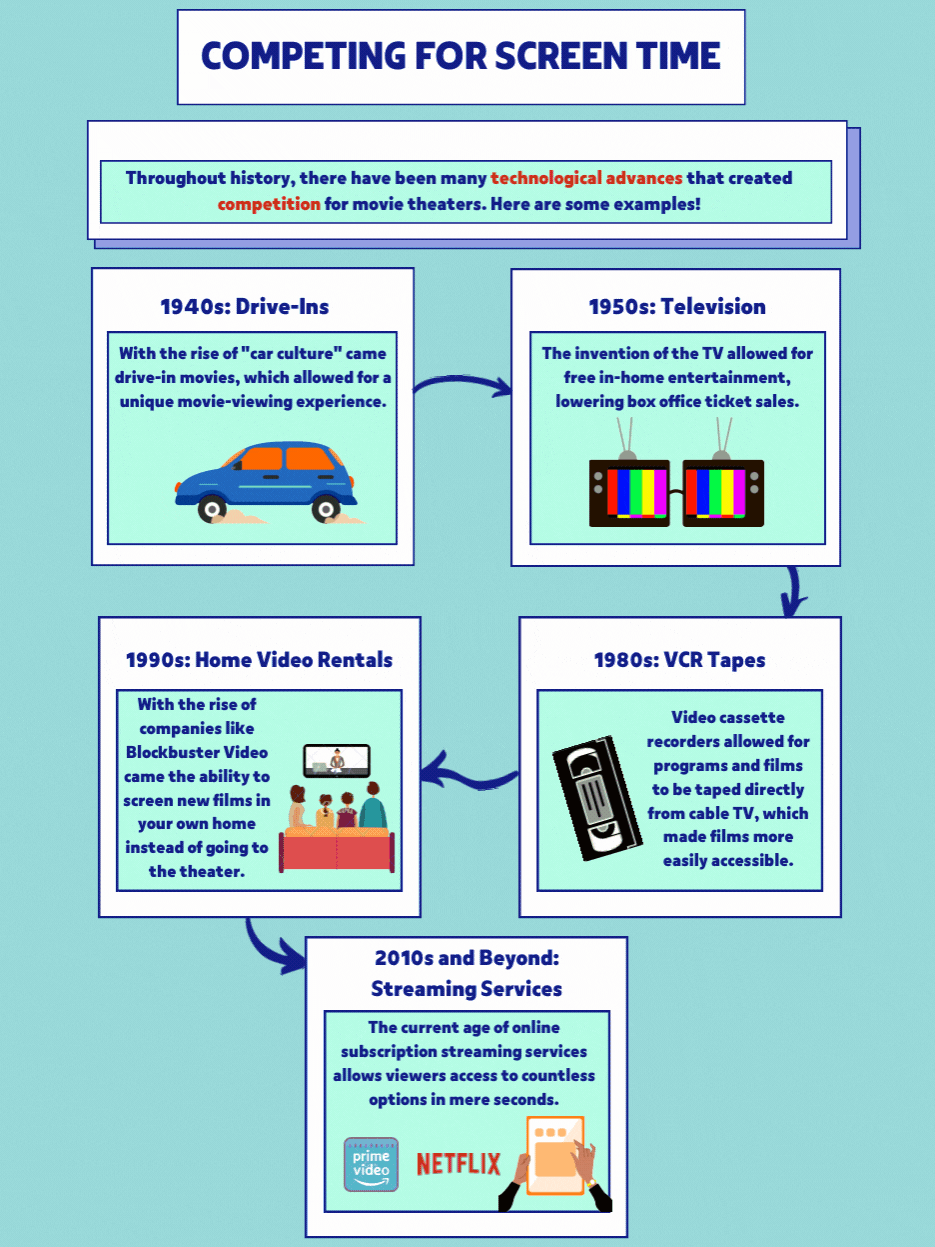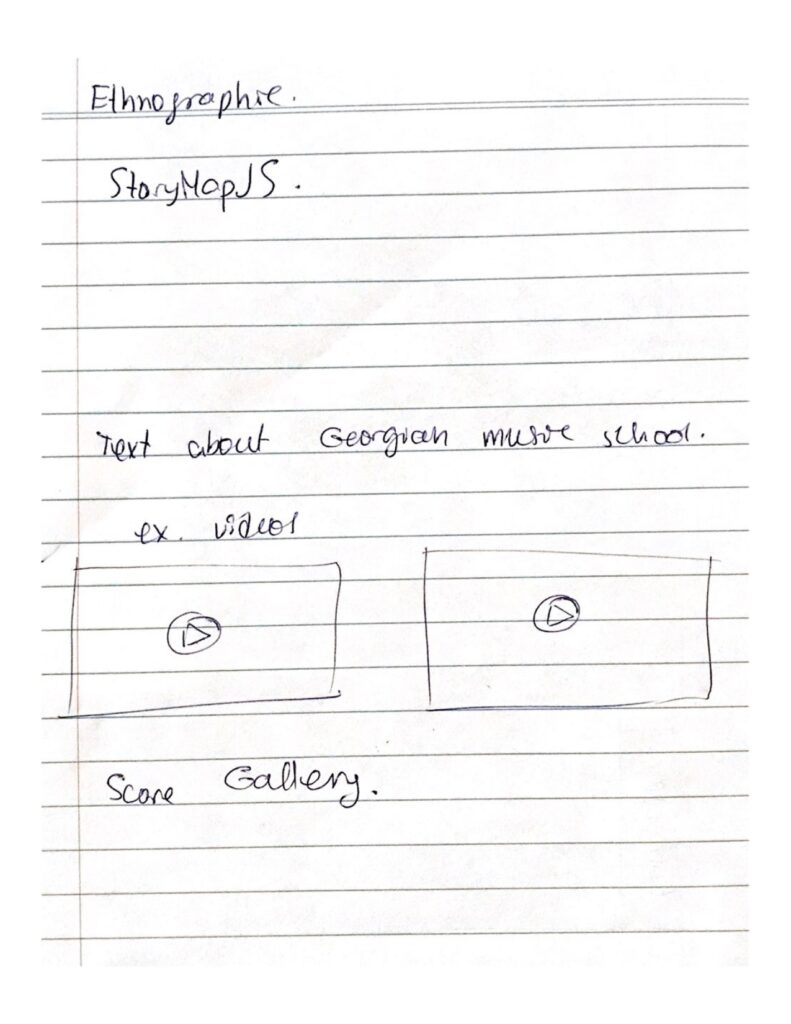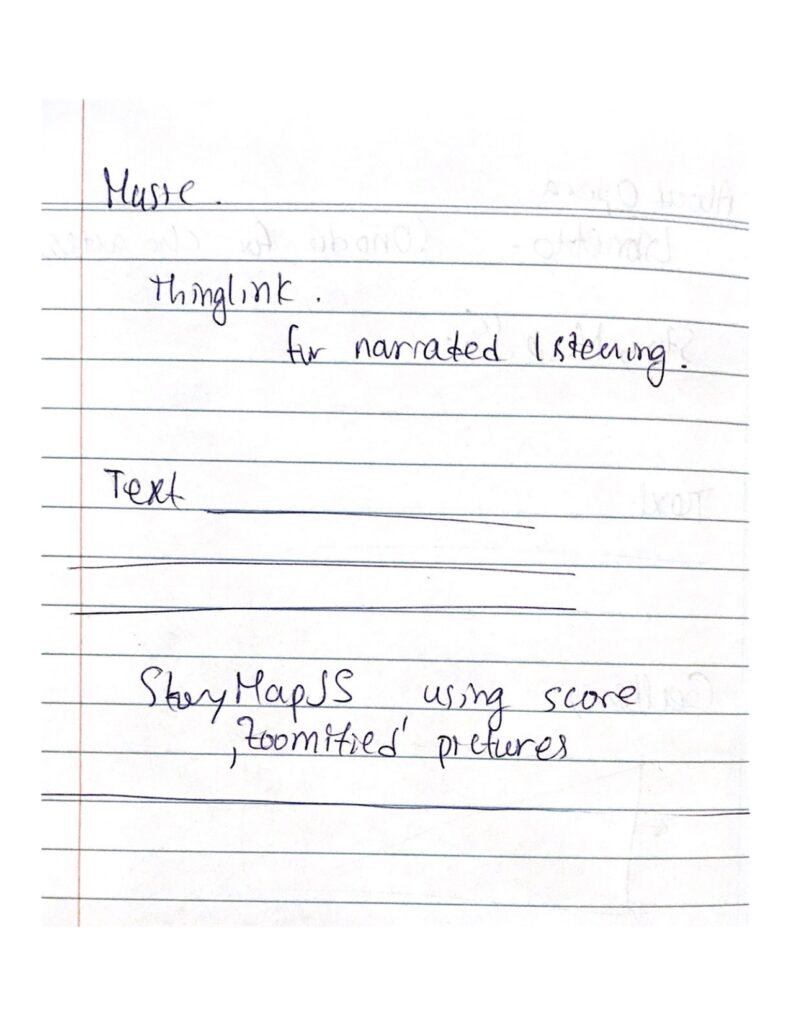As we are about to present the Albert Chance Microproject, I reflect back on my experience with the Digital Humanities through a group project and look ahead to how I can use this for my individual project.
Group projects are rough. Even back when it was the standard for meeting in the same place at the same time, there can be issues on communication, collaboration, or just plain human error. When we factor in the fact that the cohort is divided between residential and remote students, it can make things a lot trickier. Obstacles included, I’d say I’m quite impressed with how the Albert Chance Microproject has progressed. In Spiro’s chapter, she describes the five values of the Digital Humanities to be Openness, Collegiality, Collaboration, Diversity, and Experimentation, and I would argue that we practiced each of those values while working on this microproject.
Since this was a group project, I would argue that collaboration was the most significant value that we had to follow while working together. We had to communicate frequently to build this website and delegate where each person was doing their investigation and what part of the webpage they would be building/ writing/ designing/ etc. It was helpful that we had group chats and multiple shared documents to help us navigate through the work we conducted. Since we were located in different time zones from one another, we had to collaborate to schedule meeting times that worked for everyone. Often times that meant meeting right after workshops or during office hours in a Zoom Breakout room.
The value of experimentation had to be practiced to build this website and do this research. For many of us, the primary sources from the Albert Chance Collection were new and we were practicing with new tools. As part of our workshops, we were sent into breakout rooms to experiment with these new tools like WordPress, Scalar, StoryMaps, and TimelineJS. Eventually, we would go on to incorporate many of these tools into our website.
When it came to diversity, I found that that came from the endless variety of potential that the Digital Humanities has to offer. Our resources can vary from photos to videos to interviews from a wide array of places and there is limitless potential on subjects to study within the range of the humanities.
I would say that Openness works in tandem with Collegiality and Connectedness. As a cohort working together on a group project, we definitely had to practice collaboration (as mentioned above), but we also found success in the ideas of openness and collegiality. When looking at the Chance collection, we practiced with frequent communication. As part of this communication, we simply had to be open with one another. Originally, we had planned to split our investigation among the six of us in what we thought was an even distribution. For context, there were three main places where Chance was located while serving in World War II: North America, North Africa, and Italy. Originally, we had it set so that two of us would investigate one of the three locations (three groups of two, adds up perfectly on paper), but then we discovered that the source material was not evenly distributed, especially since we wanted to explore Chance’s life in the context of the war, not just his time as a soldier. This meant that we wanted to focus on his time exploring Italy and taking in the sights, not just fighting in battles. There was a significant amount of photos taken in Italy and journal entries and letters that showcased his exploration of the area. In contrast, the majority of the materials from the United States (barring a photo taken in Miami after Chance returned to the United States), involved his training and had much less applicable materials than Italy. The teams had to be pretty open with one another since the Italy collection was so large and the North American and North African collection was smaller. Eventually, we decided it would be best to redistribute the groups. Now four of us were working on Italy while one person each worked on North Africa and another person worked on his biography. These tasks and decisions were not simple, but they made for a lot less trouble in the long run, because we were open with one another. We also practiced openness by putting helpful links on a shared document for other members of our cohort to see.
As for my individual project, I believe I can practice these values while working on my webpage. I have the support of the cohort and the team working on the Digital Scholarship Committee (including my advisor) with whom we practice collegiality as a group. I am able to be open with this same group as I progress on my research. When looking at different sources, I am looking at a variety of areas to do research, including performances, books, and an interview all from different creators. In terms of collaboration, I have reached out to communicate with multiple people in terms of research. I had also been experimenting with new tools that this program has introduced to me, and even found success in this experimenting as I decided to change the content manager on my webpage from WordPress to Scalar. It also feels like working with others on the micro project was a great way for me to get accustomed to the standards of the Digital Humanities in a group setting. I now feel more confident about my individual project because it won’t be my first experience with the Digital Humanities.
Ultimately, I am looking forward to see how my practice with these values will help me in my future with DSSF and to see how I can continue to use them when the program is done.
Written by Nicole Parisi, Gettysburg College Class of 2023 and member of the DSSF 2021 Summer Cohort.



